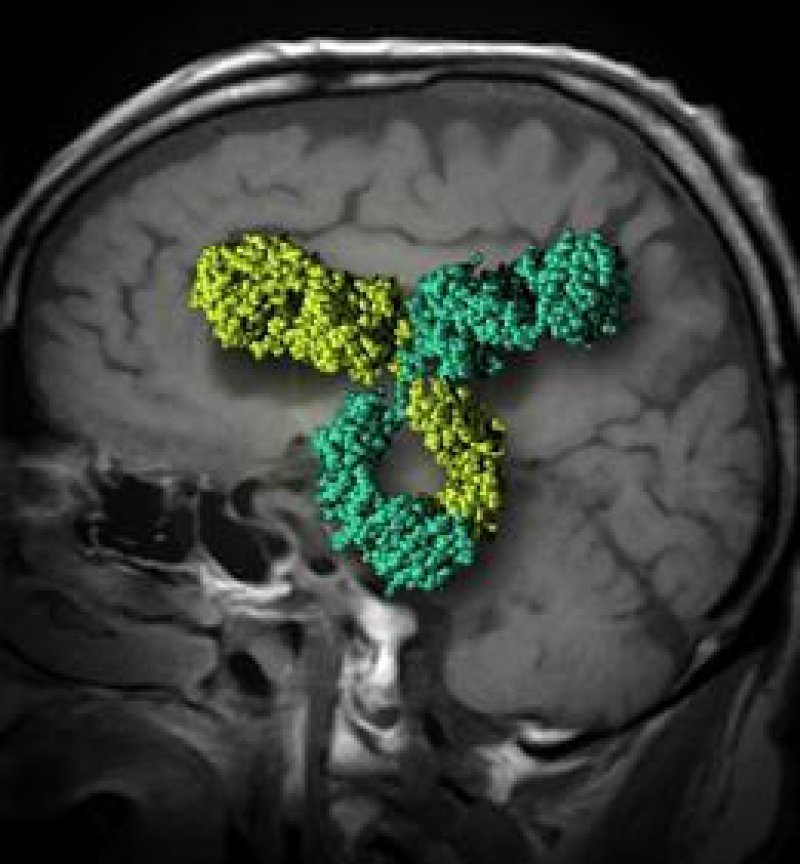The clear plastic bags contain a liquid somewhere between orange and pink; quite fetching, but more importantly an indication that the alkalinity is just right. They sit on metal shelves in a small, steel-lined room which, at a steady 37˚C, is more than warm. The setting, fragrance-free and almost silent, looks and feels purely industrial. But it is dedicated to life—as a molecular process of bewildering complexity, and as something worth saving.
This room is on a campus in South San Francisco where the biotech company Genentech—the first of its kind, now part of the Swiss pharma giant Roche—produces designer proteins. The liquid in the bags is an exacting cocktail of 50 nutrients and trace elements, mixed to a precision of a few parts per million. The purpose of the mixology, and of the temperature, and of all the other technologies and procedures here, is to create the best environment you could imagine—if your sense of what is good had been built up by the millions of years of evolution that were required to create the ovaries of the Chinese hamster, and then modified with a few decades of intensive genetic tinkering. Because it is on keeping such ovary-derived cells as happy as possible that Genentech’s fortunes are based; they are the cells responsible for mass-producing antibodies that recognise and help the body regulate various sorts of target, notably cancers.
Read full, original article: The life of a designer cell































